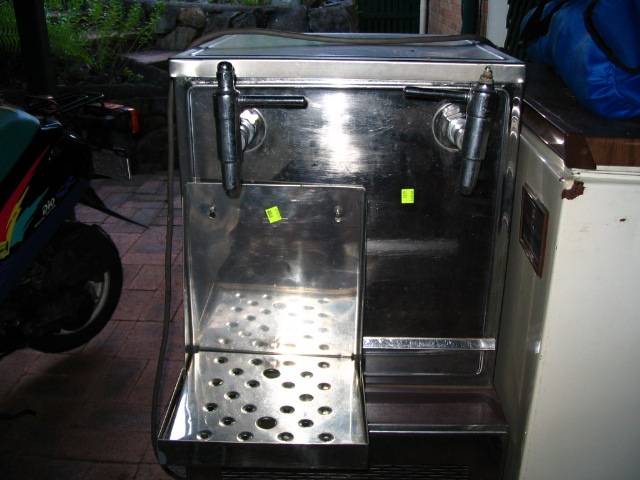nardcooker
Well-Known Member
- Joined
- 23/2/08
- Messages
- 92
- Reaction score
- 1
Quick question about carbonating kegs for use in Temprite.
I have been kegging for a while now with no issues. My mate has just got a temprite and I am making him up some brews.
I plan to carbonate the keg for the temprite the same way I do for my fridge. ie. bang it in the fridge and give it some gas for a while.
My question is, will my mate run into carbonation issues when I give him a properly carbonated cold keg which will be hooked to his temprite at room temp? Any adjustments needed to the carbonation as the temperature of the keg increases ?
I don't really see it being a major issue, but infomation from more experienced keggers is always appreciated
Old Mates Temprite

I have been kegging for a while now with no issues. My mate has just got a temprite and I am making him up some brews.
I plan to carbonate the keg for the temprite the same way I do for my fridge. ie. bang it in the fridge and give it some gas for a while.
My question is, will my mate run into carbonation issues when I give him a properly carbonated cold keg which will be hooked to his temprite at room temp? Any adjustments needed to the carbonation as the temperature of the keg increases ?
I don't really see it being a major issue, but infomation from more experienced keggers is always appreciated
Old Mates Temprite





